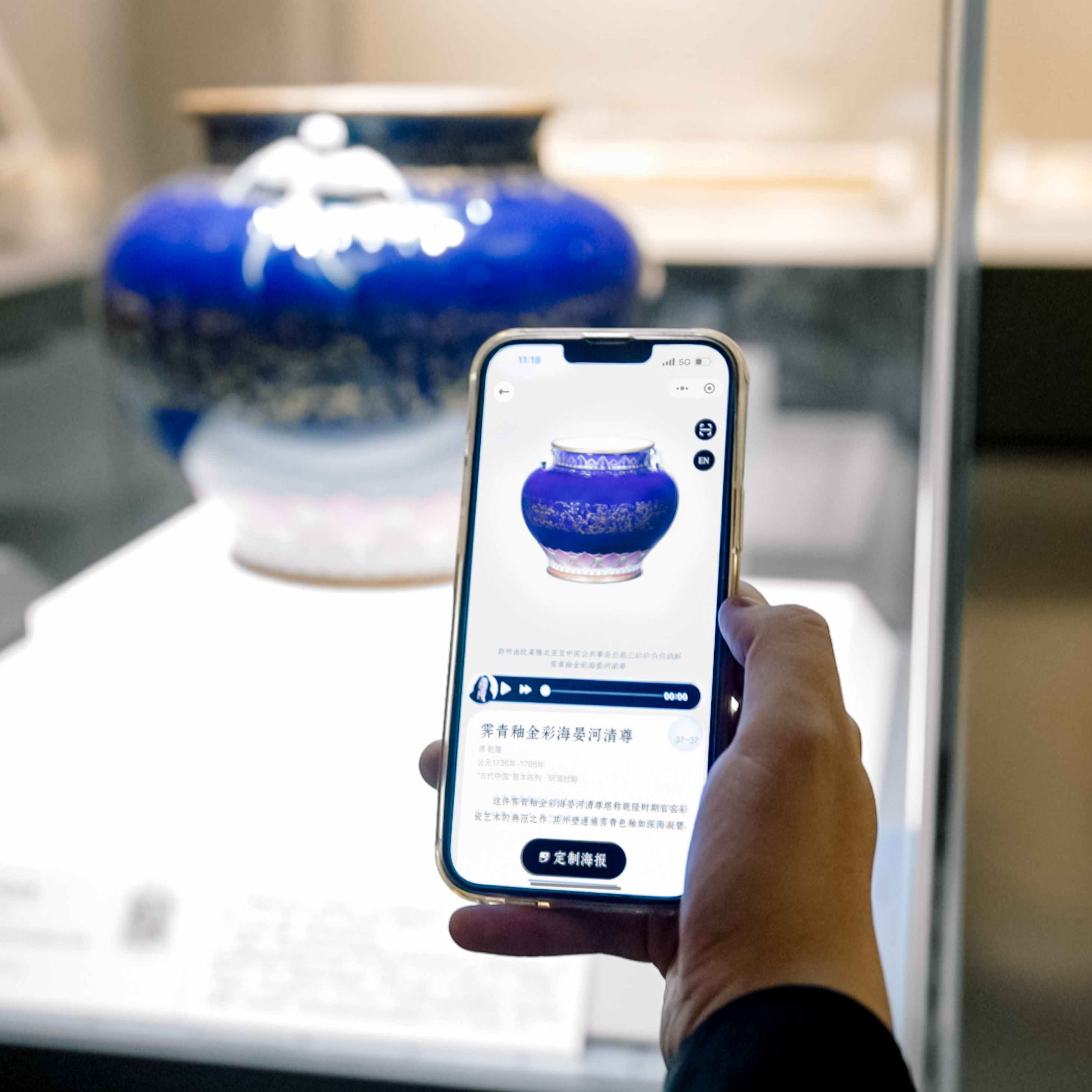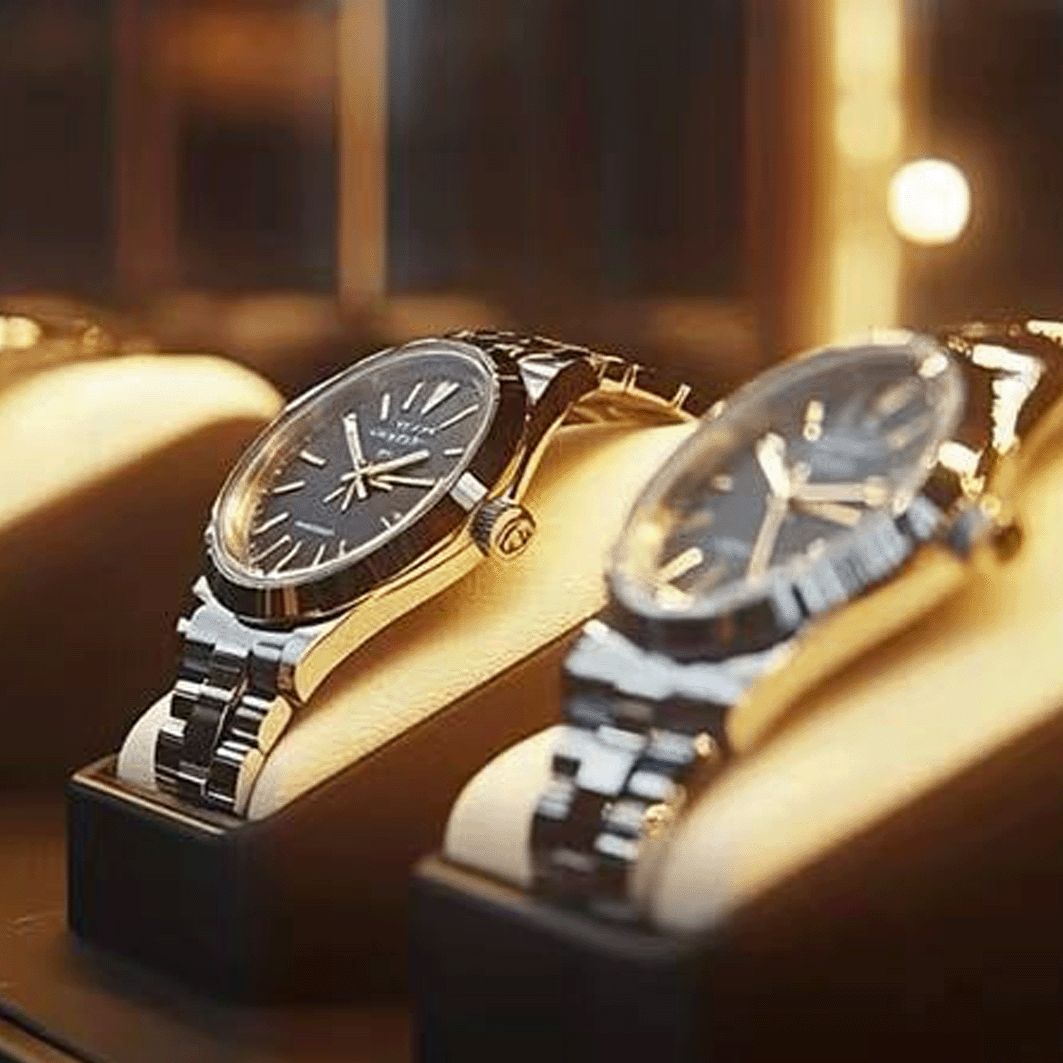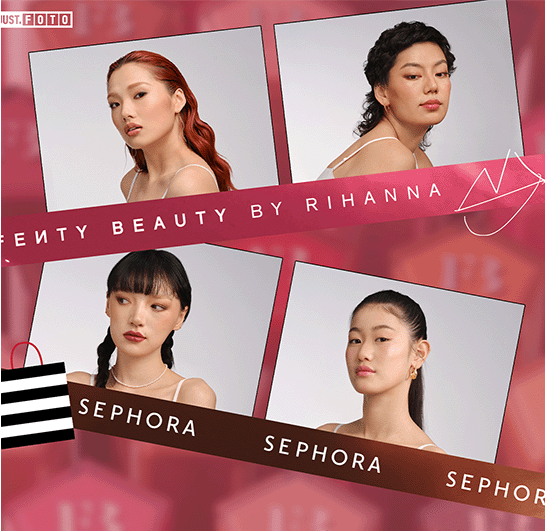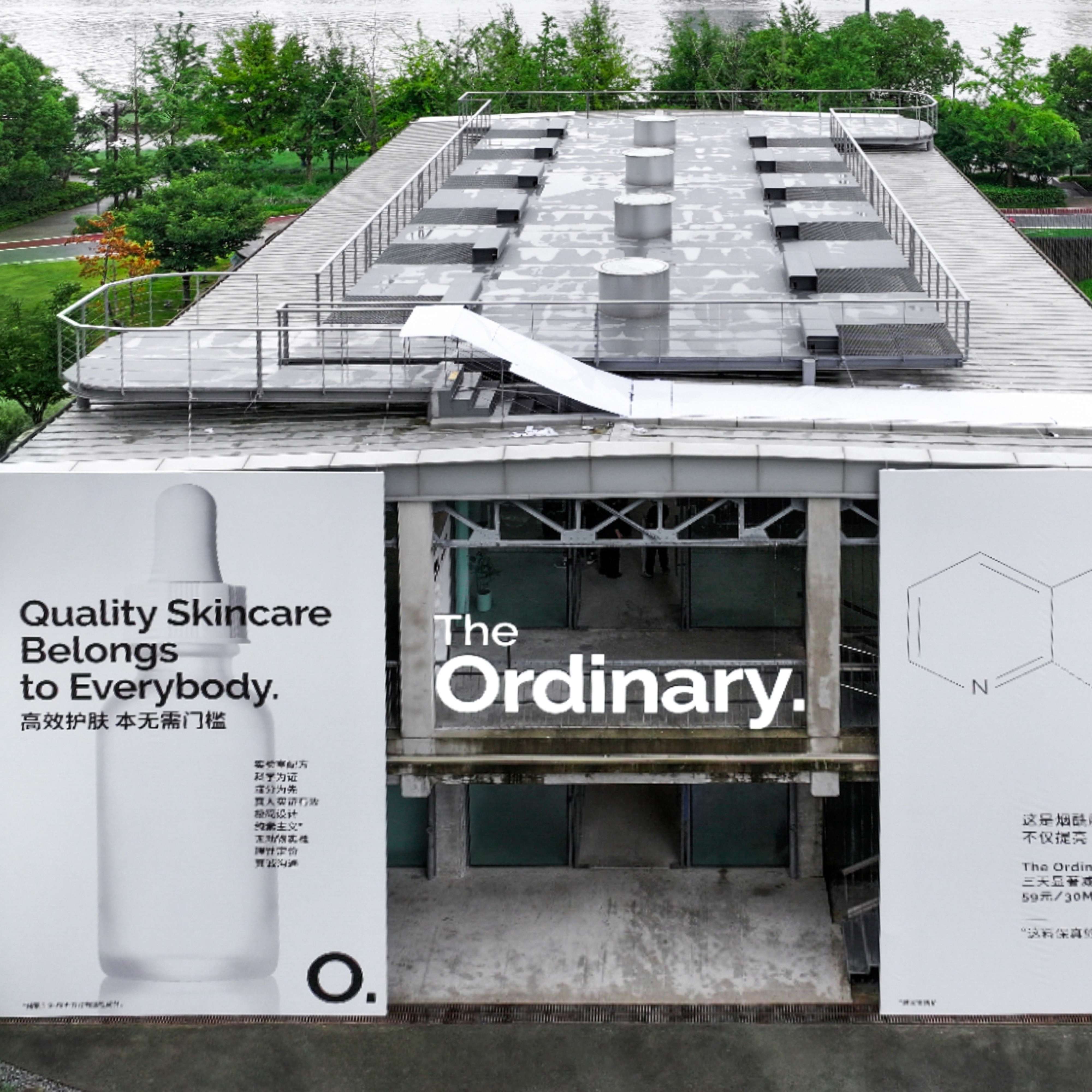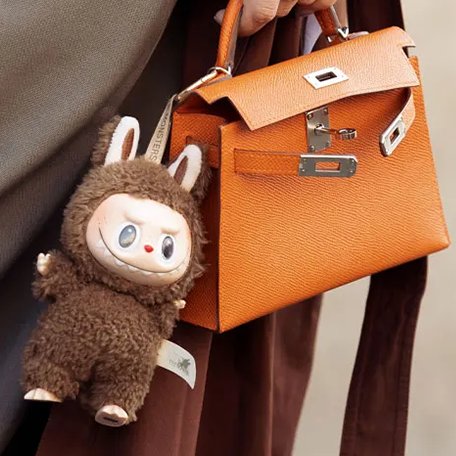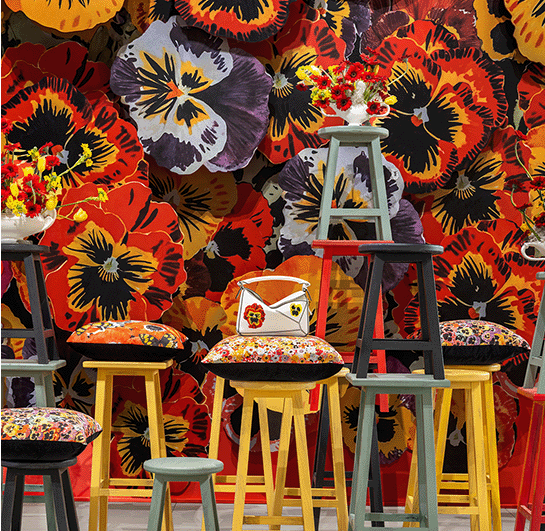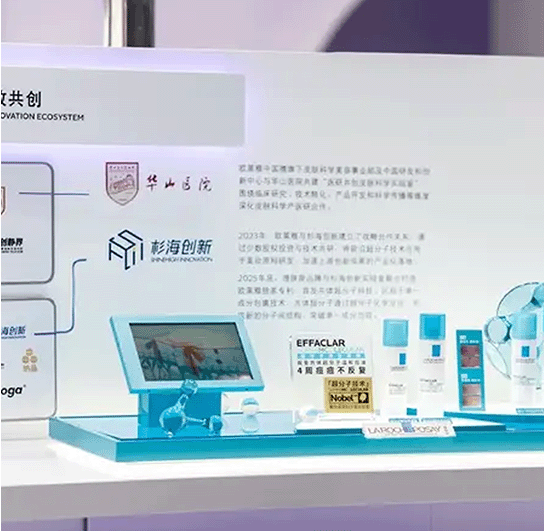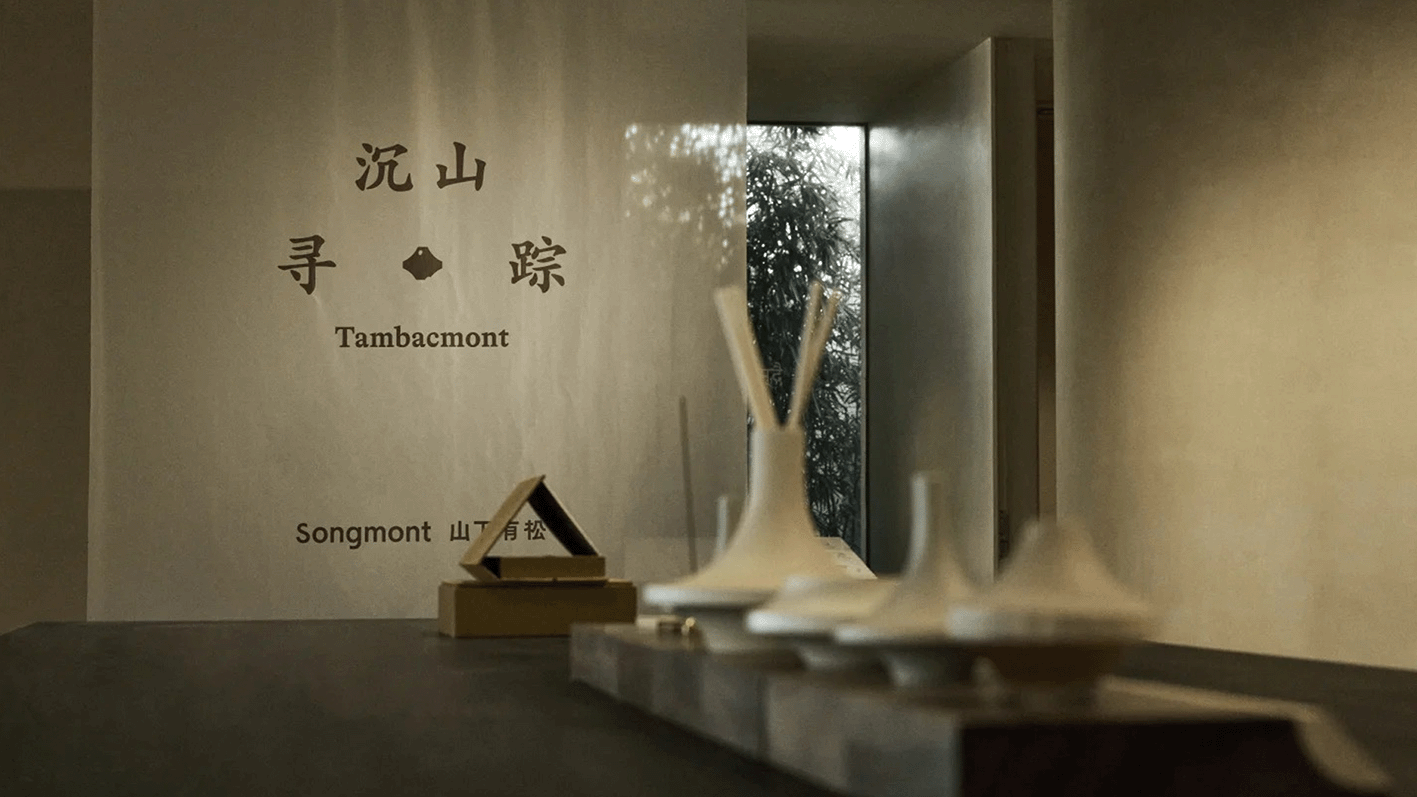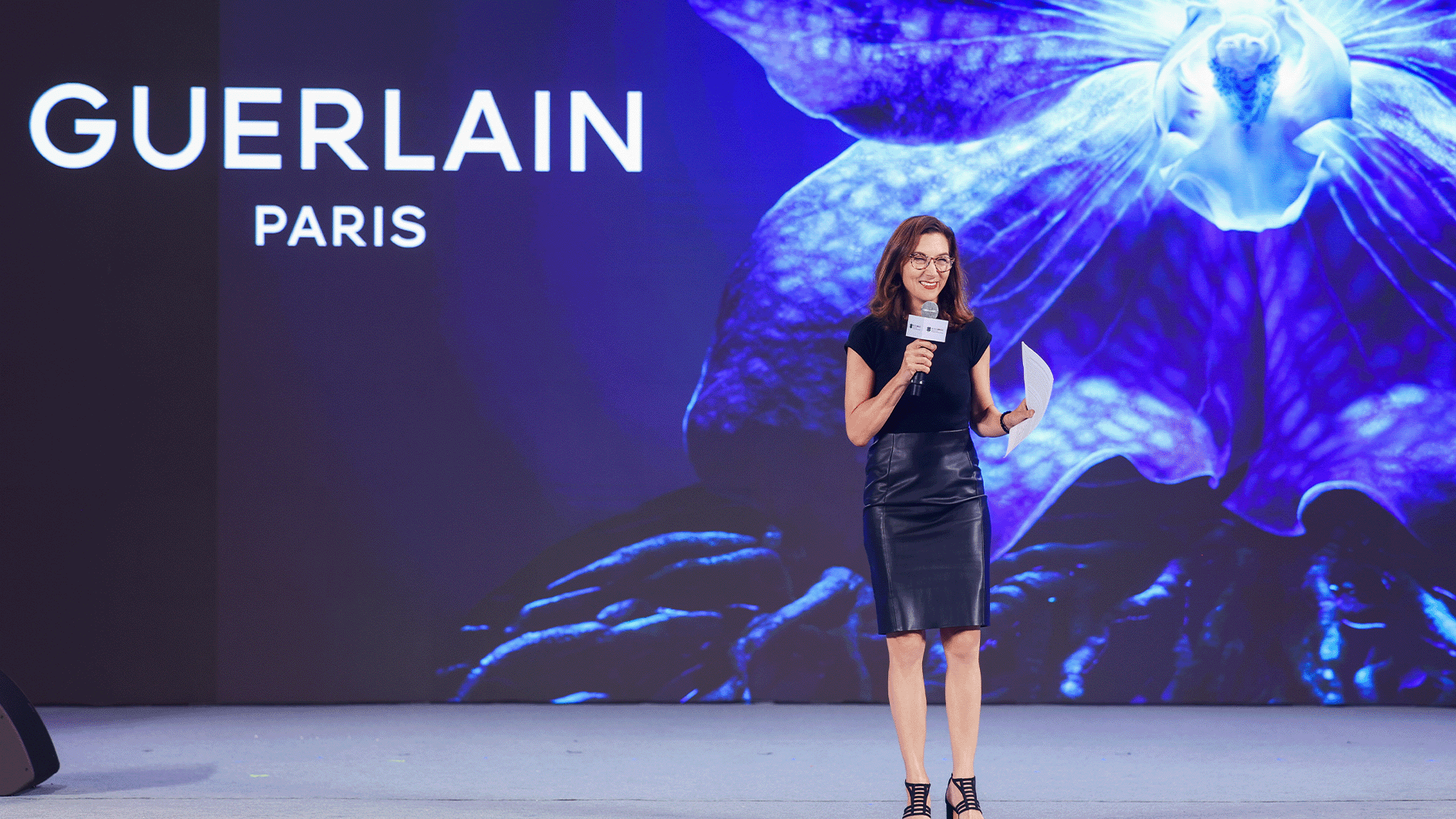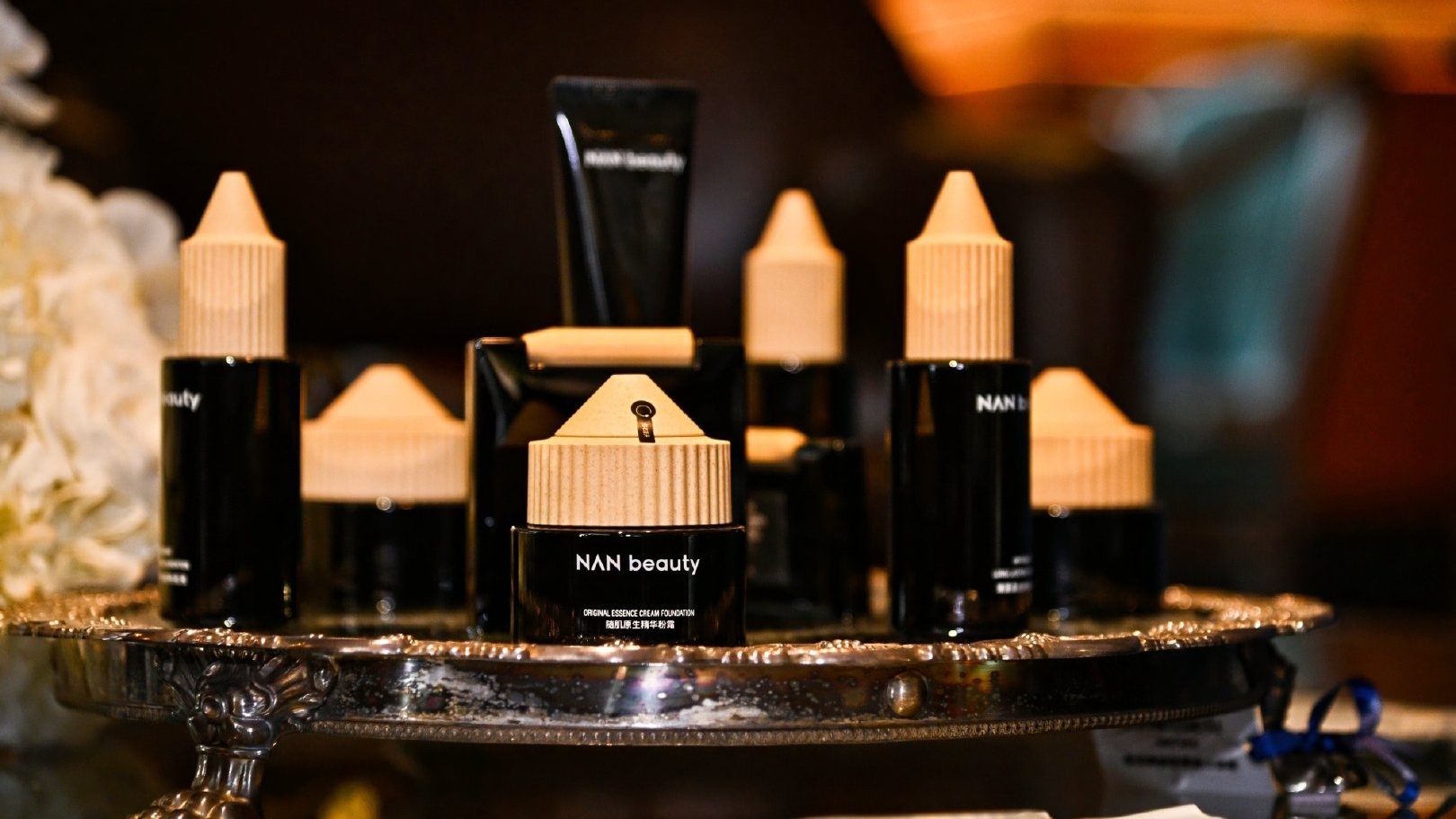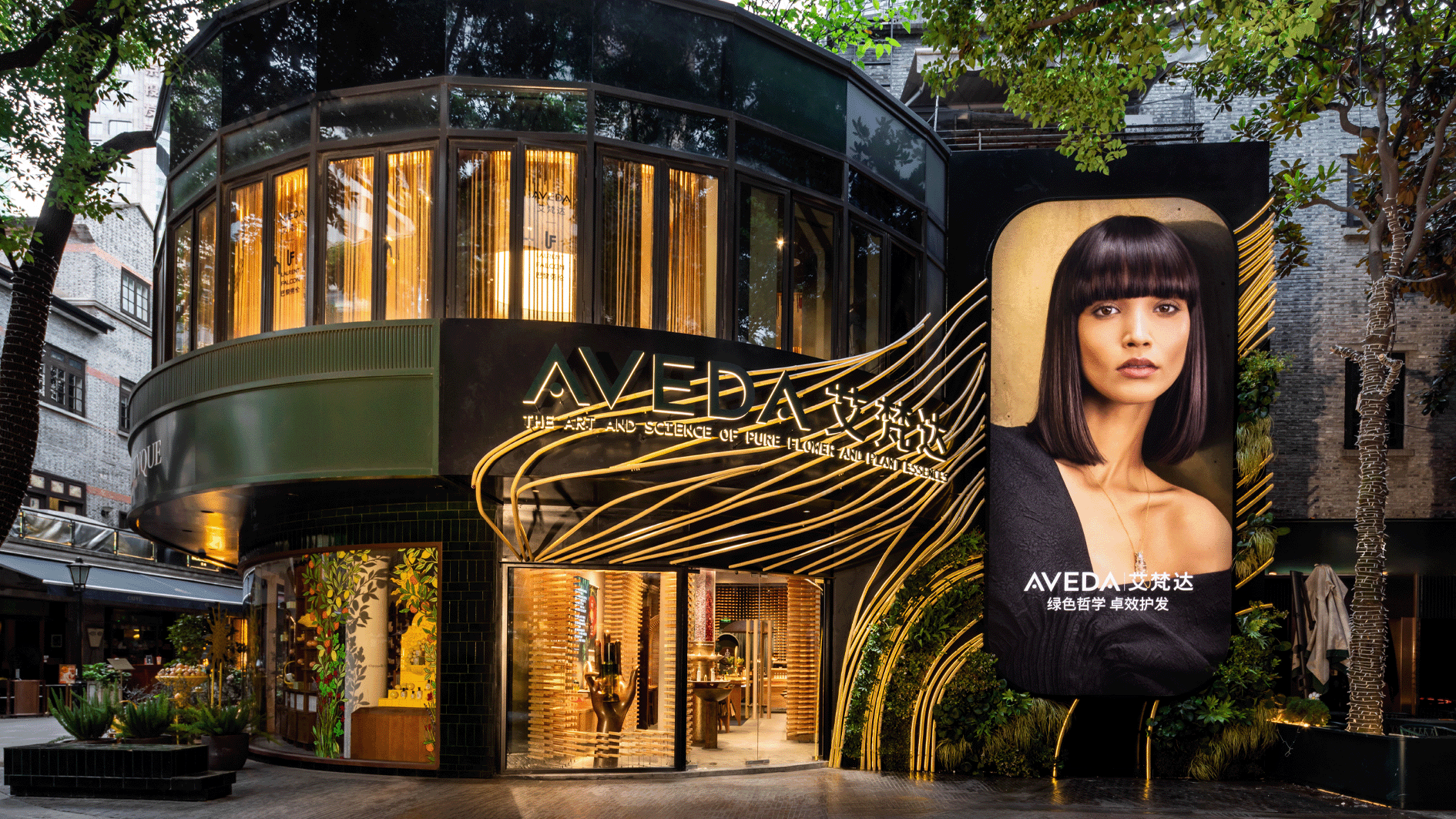- FEATURE
- |
- MERGERS & ACQUISITIONS
- |
- FINANCIAL
- |
- MARKETING
- |
- RETAIL
- |
- ESG-SUSTAINABILITY
- |
- LIFESTYLE
- |
-
MORE

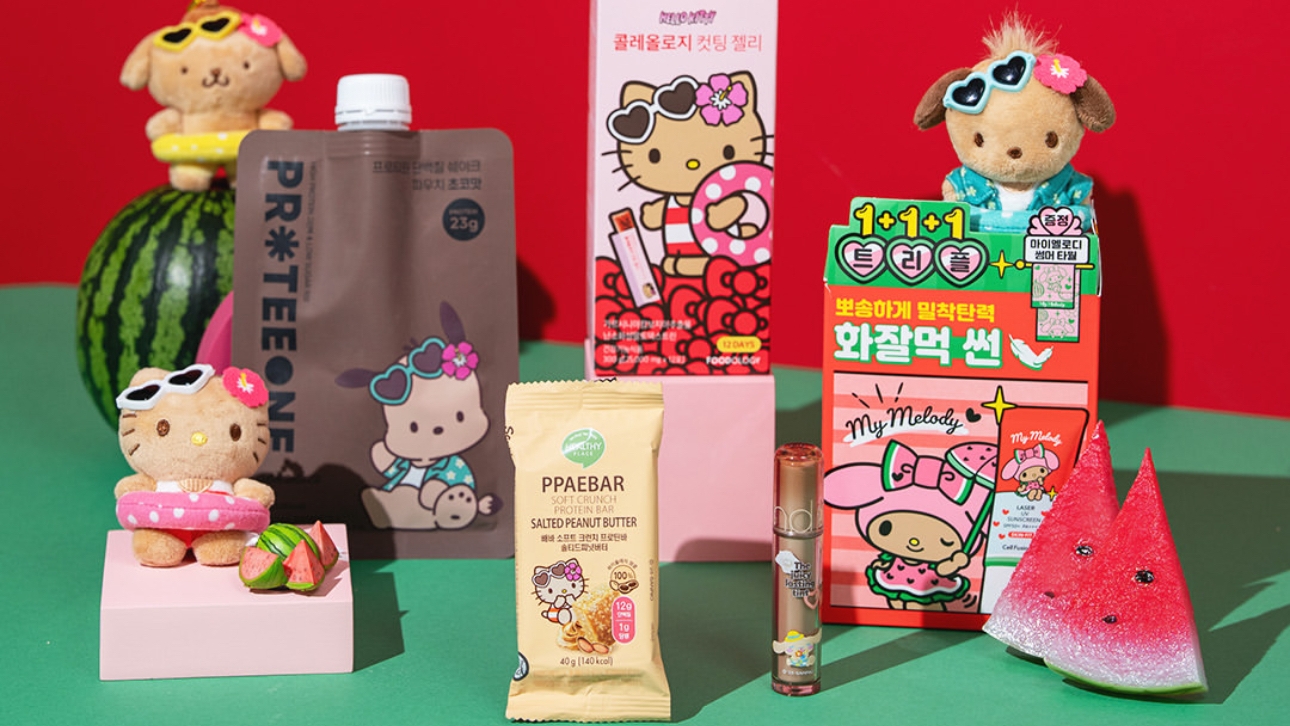
From long-established C-beauty brands like Herborist and Inoherb that have struggled to gain global traction, to newer breakout names like Florasis, Into You, Judydoll and Perfect Diary—Chinese beauty brands remain eager to win over international consumers. But when it comes to building true global resonance, C-beauty still has a great deal to learn from its veteran neighbor: K-beauty.
Despite a visible retreat from the Chinese market—marked by shuttered Tmall stores, scaled-down offline presence, and plummeting brand awareness—K-beauty continues to enjoy enviable global appeal. The category no longer dominates China’s beauty landscape as it once did, and its share of Korea’s beauty exports to China has declined for five consecutive years. Yet globally, Korean beauty brands remain remarkably resilient.
The fans aren’t just in Southeast Asia or among K-pop-obsessed Gen Z—they include a broad spectrum of consumers across the U.S. and Europe, all eagerly restocking their skincare and makeup stashes with K-beauty products.
According to Korea’s Ministry of Food and Drug Safety, the country surpassed the United States in 2025 H1 to become the world’s second-largest cosmetics exporter, behind only France. In the first half of the year, K-beauty exports rose 14.8% year-on-year to $5.5 billion—marking the third consecutive year of growth and the highest first-half export value in five years.<









